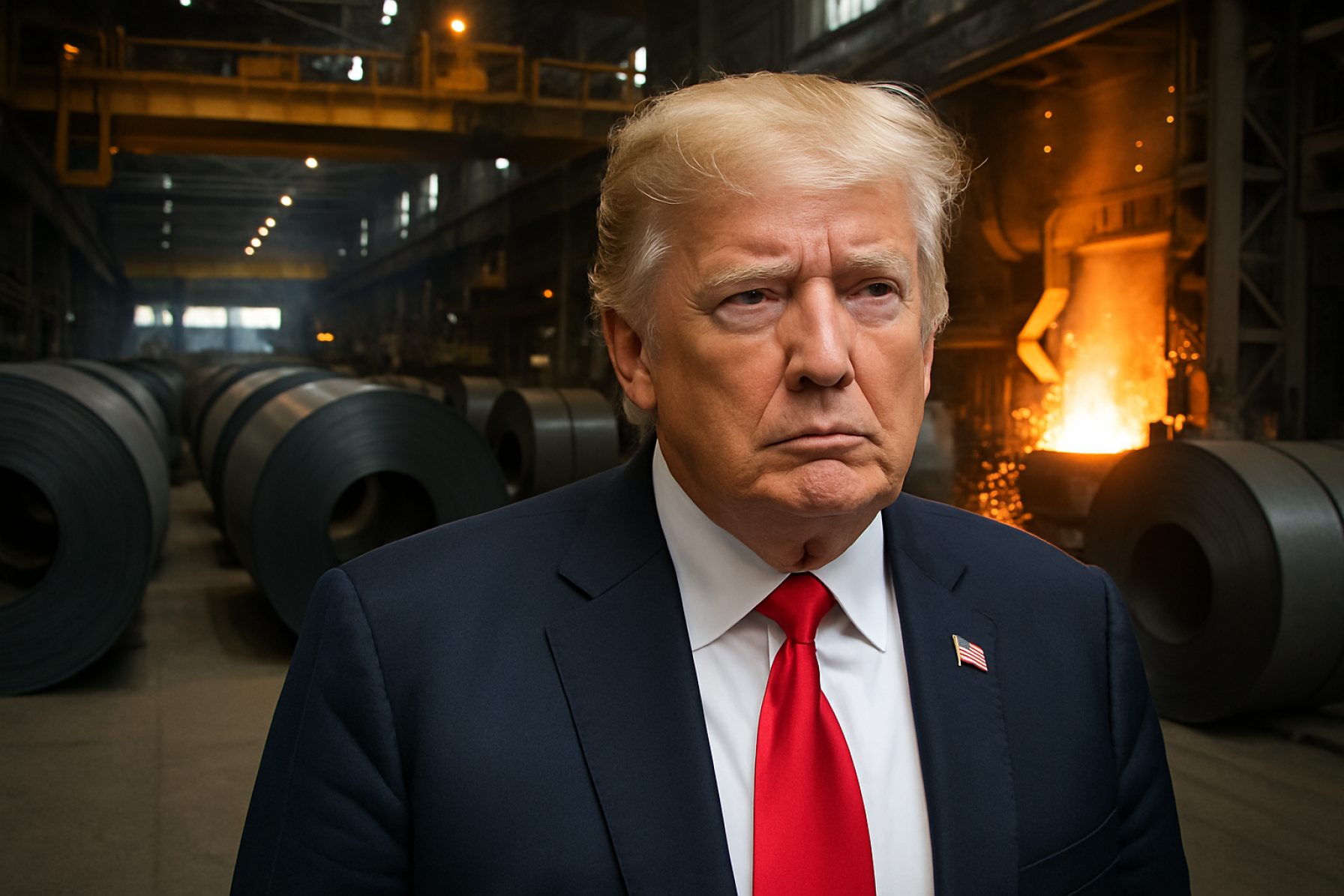Massive Tariff Hike: Trump’s 50% Steel and Aluminum Move Sparks Trade War Fears in 2025
President Trump’s 50% metal tariffs take effect June 4, 2025, with major global and economic impacts. Here’s what you need to know.
- 50% import tariff on steel and aluminum starts June 4, 2025
- $29B+ U.S. spent on steel imports in 2024
- Top suppliers: Canada, Mexico, EU, South Korea
- Immediate impact: Higher costs for U.S. manufacturers and consumers
President Donald Trump shocked the world this week, signing a sweeping executive order that slaps a hefty 50% tariff on all steel and aluminum imports. The new policy, effective at 12:01 a.m. ET on June 4, is designed to supercharge U.S. manufacturers but threatens to ignite a new round of global trade wars.
Trump’s order comes as American steelmakers struggle under pressure from foreign producers who flood the market with cheaper metals. The White House doubled down, aiming to block what it sees as a direct threat to national security and economic stability.
Industry experts warn the ripple effects will hit American factories, global partners, and everyday consumers hard and fast.
White House | Reuters | Bloomberg
Q&A: What Does the New Tariff Mean for American Consumers and Businesses?
Raising tariffs to 50% will make it more expensive to buy steel and aluminum from abroad. U.S. companies reliant on imported metals—ranging from automakers to construction firms—face surging prices, likely passing the pain to customers with higher costs for cars, appliances, and infrastructure projects.
The hike also risks retaliation. Major trade partners like the EU, Canada, and Mexico could respond with tariffs of their own, potentially sparking a tit-for-tat global trade war.
How Will This Affect the Global Economy in 2025?
Global supply chains face immediate turbulence. Foreign steelmakers, already coping with excess inventory, must now seek new buyers or absorb deep losses. Meanwhile, American exporters worry about losing critical markets as foreign countries push back.
Market analysts predict volatility on the Wall Street Journal and other global exchanges as traders brace for economic fallout.
How Can Companies Prepare for the Tariff Impact?
- Audit supply chains to identify tariff vulnerabilities.
- Negotiate with domestic metal suppliers for better pricing terms.
- Review contracts for cost pass-through mechanisms.
- Monitor policy updates on trade.gov for changes.
- Scenario plan for possible foreign retaliatory tariffs.
Will Tariffs Really Strengthen U.S. National Security?
Trump’s administration insists that protecting American manufacturing shields critical infrastructure and jobs. Critics, however, argue the move could spark trade wars and paint the U.S. as protectionist, damaging long-term relationships and business prospects.
Stay Ahead of Market Turmoil—Follow These Steps Now:
- Track developments on official government sources and major news outlets daily.
- Reassess your exposure: from vehicle prices to home construction, know what may cost more.
- For businesses, connect with trade and legal experts to navigate tariff rules.
- Watch for responses from U.S. trading partners and prepare for quickly changing market conditions.
